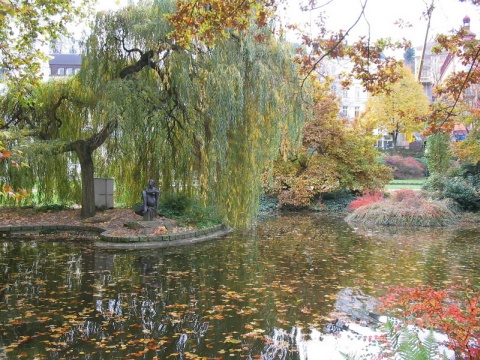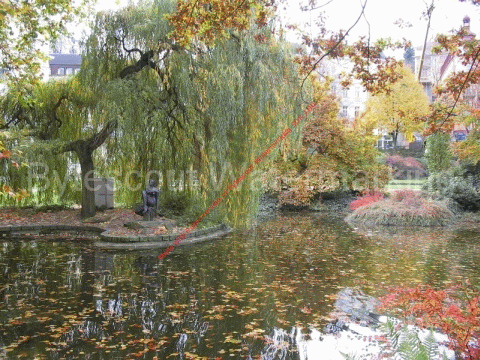How to add transparent visual text watermark in ASP.NET web-application using Bytescout.Watermarking SDK for .NET
This sample demonstrates how to add simple transparent text watermark to the image file using Bytescout.Watermarking SDK for .NET with ASP.NET
Download source code: watermarkingsdk_asp_net.zip (240 KB)
Input image:

Output image (as seen in browser):

To use Bytescout.Watermarking.SDK in ASP.NET project just do the following:
using System;
using System.Data;
using System.Configuration;
using System.Web;
using System.Web.Security;
using System.Web.UI;
using System.Web.UI.WebControls;
using System.Web.UI.WebControls.WebParts;
using System.Web.UI.HtmlControls;
using Bytescout.Watermarking;
using Bytescout.Watermarking.Presets;
public partial class _Default : System.Web.UI.Page
{
protected void Page_Load(object sender, EventArgs e)
{
// Create Watermarker instance
Watermarker waterMarker = new Watermarker();
// Initialize library
waterMarker.InitLibrary(“demo”, “demo”);
// Set input file name
string inputFilePath = “my_sample_image.jpg”;
// Add image to apply watermarks to
waterMarker.AddInputFile(inputFilePath);
// Create new watermark
TextFitsPage preset = new TextFitsPage();
// Set watermark text
preset.Text = “Bytescout Watermarking”;
// Add watermark to watermarker
waterMarker.AddWatermark(preset);
// clear http output
Response.Clear();
// set the content type to JPEG
Response.ContentType = “image/jpeg”;
// add content type header
Response.AddHeader(“Content-Type”, “image/jpeg”);
// set the content disposition
Response.AddHeader(“Content-Disposition”, “inline;filename=my_sample_image.jpg”);
// Set output directory
waterMarker.OutputOptions.OutputStream = Response.OutputStream;
// Apply watermarks
waterMarker.Execute(0);
Response.End();
}
}
Download source code: https://github.com/bytescout/watermarking-sdk-samples
You can also use EXIF macros to watermark images with their extended information. See this sample to view tutorial
Sorry! This product is not available.
Please click here to visit main page for the list of all available products and solutions.
Product Links: